News
MLR Forestal installs the first MoSI station in the Northern Caribbean

Nets, tubes, books, very small rings, a table. The elements reveal little about the mission of five men who venture into the private wildlife reserve of MLR Forestal’s Finca Matiz. They are going to inaugurate the first MoSI station in Nicaragua’s North Caribbean. MoSI is the Institute for Bird Populations’ (IBP) Winter Survival Monitoring Program (MoSI). Thus, the company will be integrated into a work carried out throughout the hemisphere to monitor and conserve birds. With more than 100 volunteers in more than 20 countries, MoSI is the largest and longest-running program of its kind.
The process, step by step
For three days in the month of November, birds are captured, studied and released at Finca Matiz. It all started on Tuesday, November 7 when the Biodiversity Management Area picked out and cleaned ten points in the reserve, distant from each other. It is at these points that the special nets are spread out in which the birds will be trapped. These sites is that they are located inside the private wildlife reserve, where there are no outside noises or sudden movements, this way it is more likely that the birds will roam the place.
On the second day, Wednesday 8, at six o’clock in the morning, the group of five people, made up of the company’s biologist, a biology student and three field collaborators, went to the points prepared the previous day and placed the nets held at the ends by tubes sunk in the terrain. After they have put them in, they went to a higher part of the reserve and organized the work station.

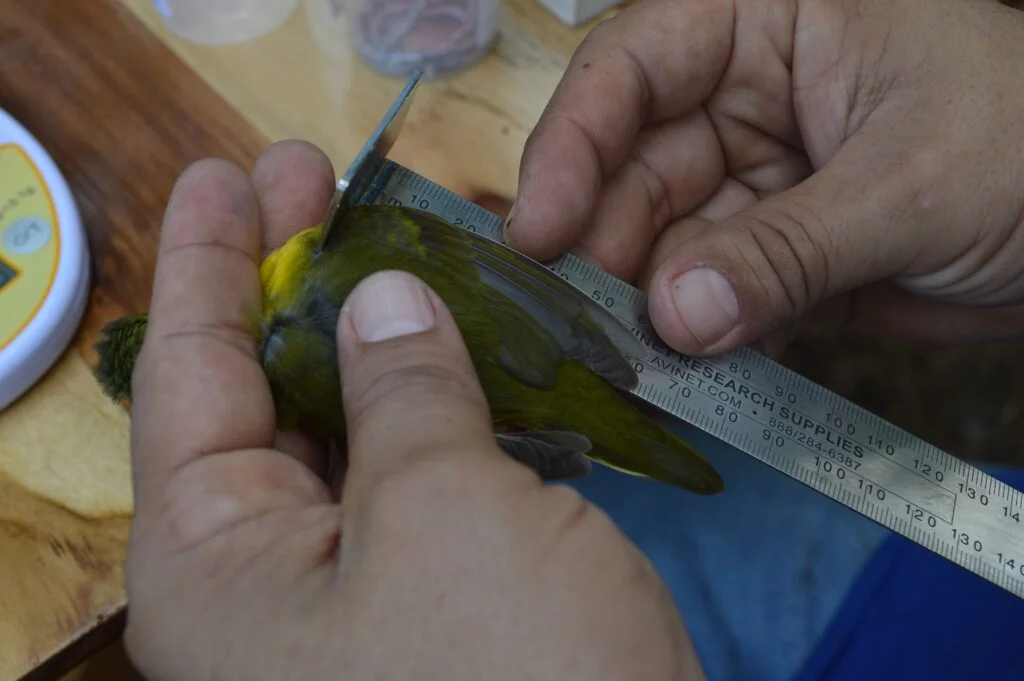
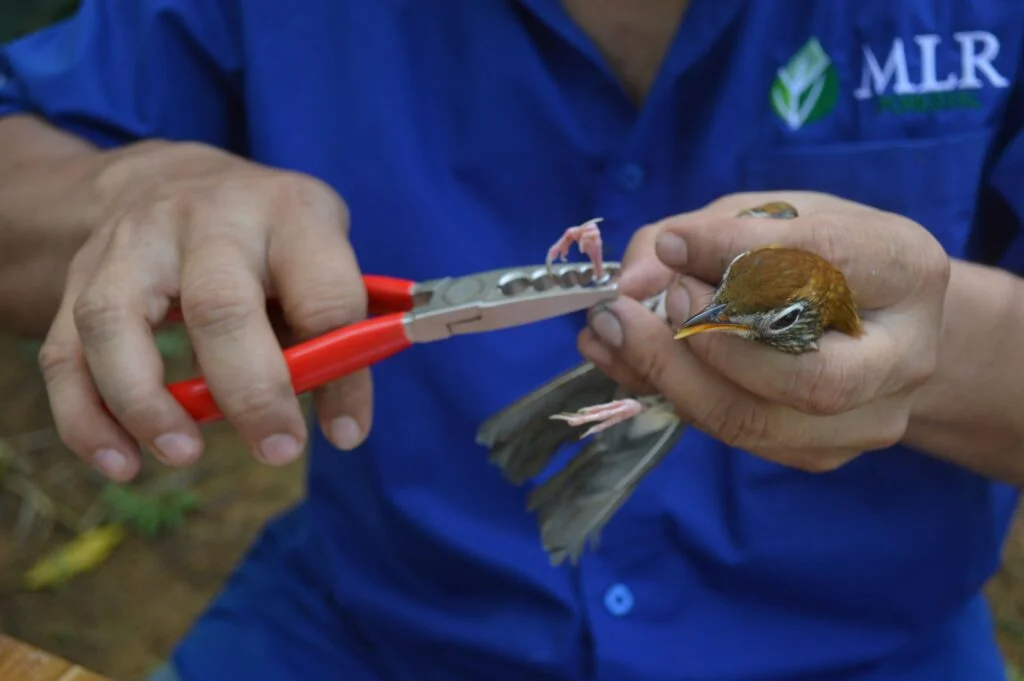
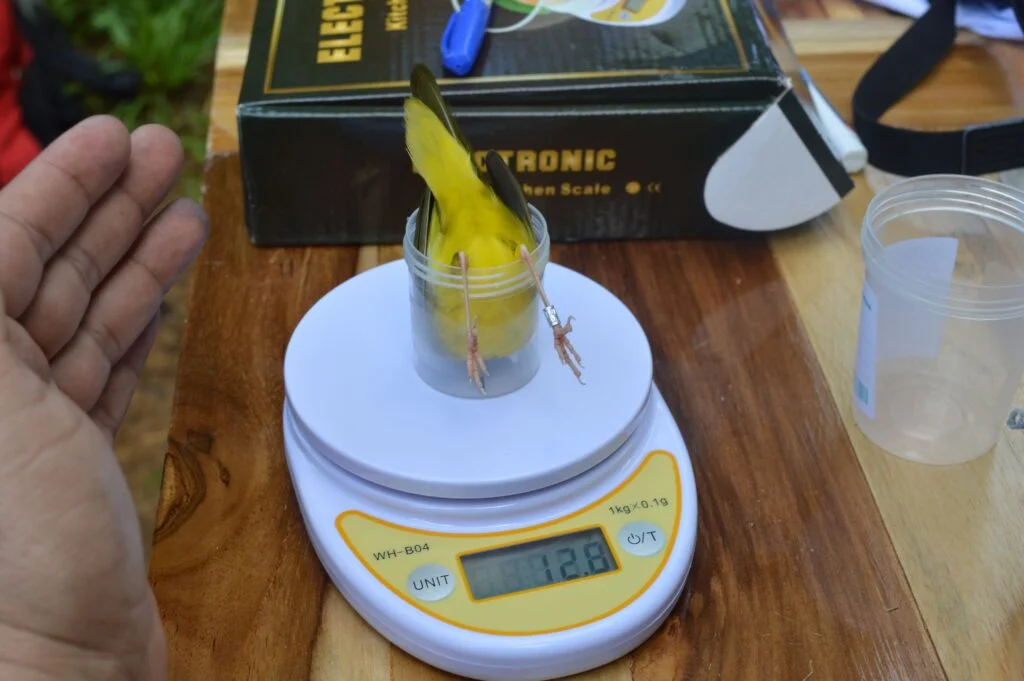
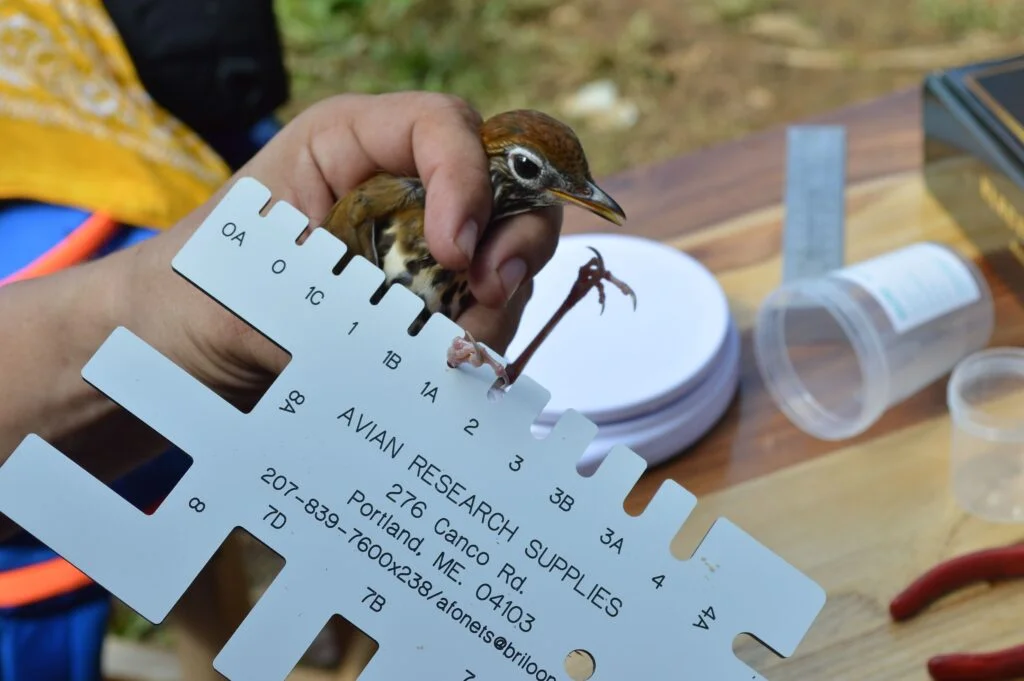
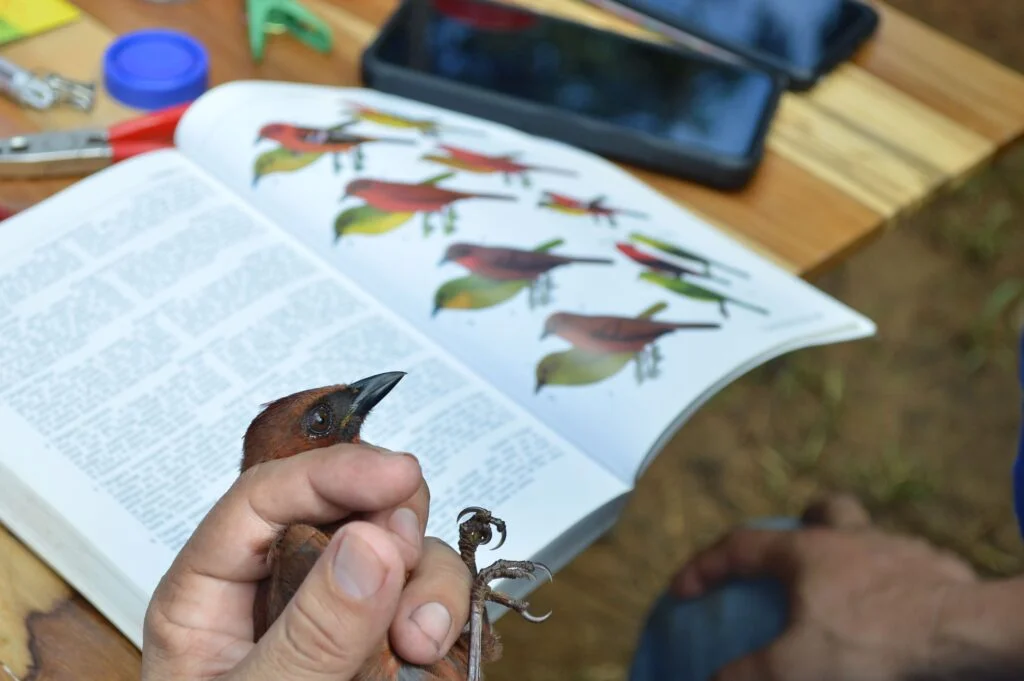
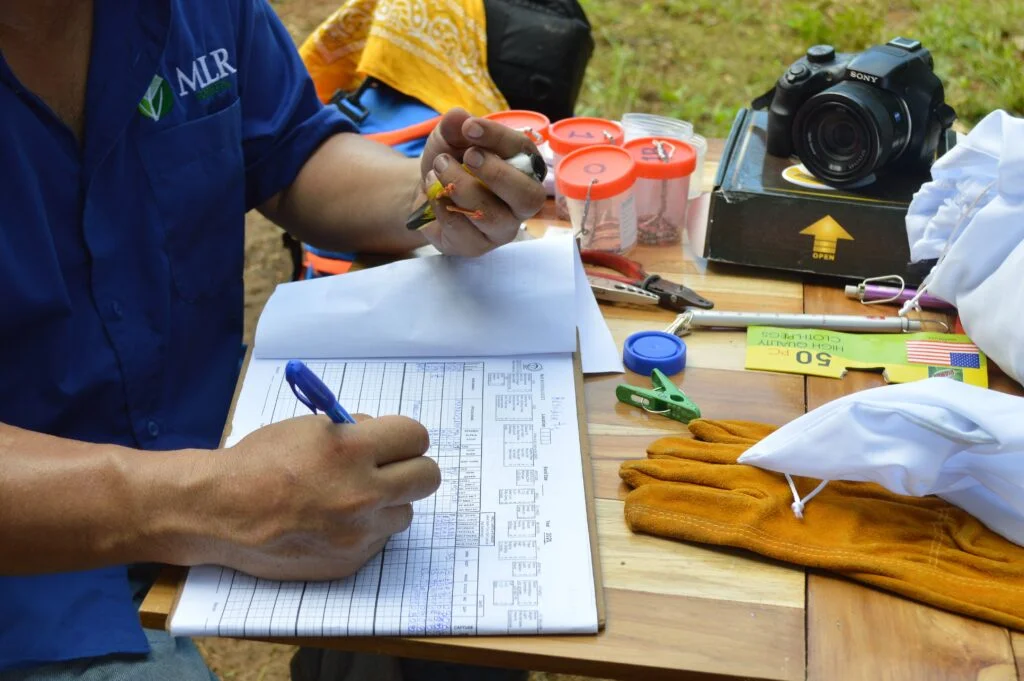
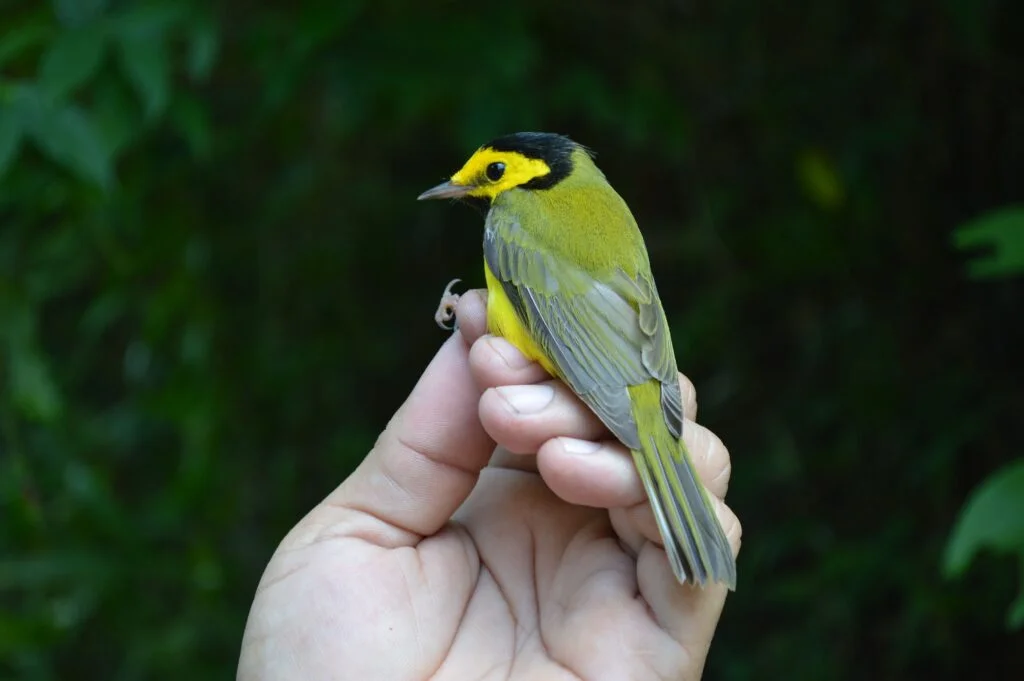
MoSI provides environmental education and generates information
Rescuing captured birds is the next task at the MoSI. They are then taken in a fresh cloth bag to the work stations to be studied one by one. The age, sex, and body condition of each specimen are determined on the work table. They are weighed, their wings are measured, their species is determined by their plumage and, if there are doubts, the information is confirmed with the manuals.
Everything is written down in the formats provided by IBP. Then, if it is a migratory bird, the MLR Forestal biologist carefully ties a metal ring to its right leg. The ring does not hurt the bird and is engraved with an identification code. When an individual is captured at another MoSI station, the code is entered on the IBP website and it will return the data from the MLR station.
The number of resident bird species in MLR farms went up to 298
This process was repeated all day Wednesday and also on Thursday, resulting in seven migratory species and 18 resident species identified. Of the former, 22 individuals were ringed and of the latter, four. In addition, in this first sampling, three new resident bird species were identified, bringing the number of species that inhabit MLR Forestal’s farms to 298.
For the Biodiversity Management Area, this program is a good opportunity for the workers involved because they can learn about the birds in their natural environment. In other words, it is a way of doing environmental education in an experiential way. Similarly, thanks to the MoSI station, the company meets its conservation objectives while generating valuable information regarding the state of bird populations.
Share




